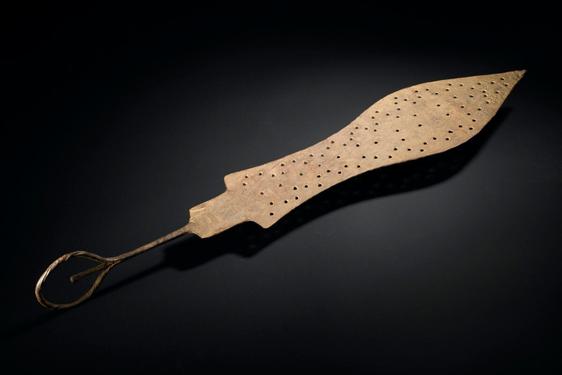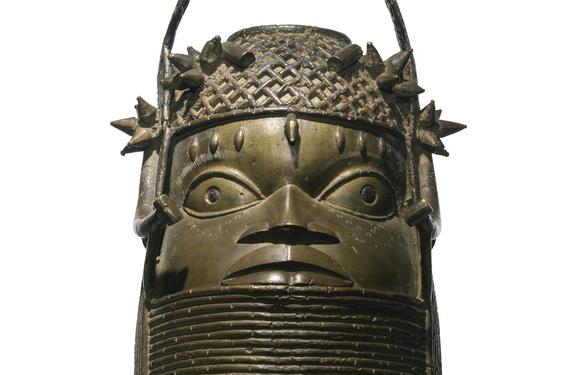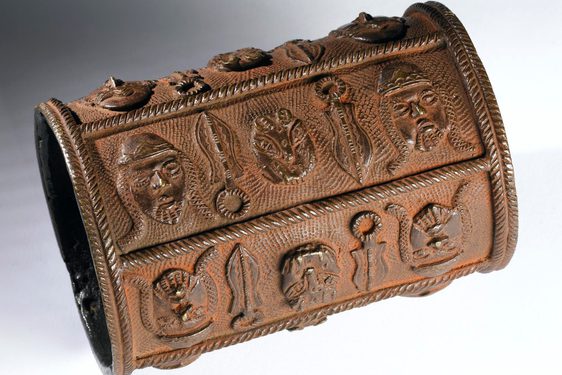
The historic trade between West Africa and Portugal
News Story
Portuguese mariners were the first Europeans to explore the western coast of Africa. In the mid-15th century, they began a series of voyages in search of a sea route to Asia. They were on the lookout for opportunities to trade and plunder on the African coast.
In the 16th century they established a significant trade with the expanding Edo Kingdom. Diplomatic relations were forged between Lisbon and Benin City (in present day Nigeria). Emissaries from Benin were sent to the Portuguese court.
West African Exports
Early European cargos from West Africa mostly contained forest products and elephant tusks. Fine textiles, mats, baskets, and carved ivory works were also sometimes included. Some enslaved people were also shipped to Europe by the Portuguese.
Benin's royal court controlled the Edo Kingdom's well organised guild of merchants. Its extensive trade network allowed Portuguese mariners to buy valued West African goods in the Edo Kingdom. This included stone beads, fine cloth, and camwood dye. The Portuguese exchanged these goods for gold at coastal settlements in present-day Ghana. In return, the powerful ruler of the Edo Kingdom, the Oba, was supplied with prestige goods for his court in Benin City. He was able to purchase cloth woven in India and Europe, coral beads from the Mediterranean, and brass currency bracelets called manillas.
Afro-Portuguese Ivories
From about 1500 to 1650 the Portuguese imported intricately carved ivory saltcellars, spoons and hunting horns from West Africa. Historical records indicate that most of these ivories were made by African carvers. These craftspeople were from a wide stretch of the West African coast from present day Sierra Leone to Guinea-Bissau.
During this time, trade conducted by Portuguese and African-Portuguese merchants connected African groups in the region. Many of the ivories that survive in European museums show a mixture of imagery drawn from African, European, and even Indian sources. They represent an early ‘art of globalization’. However, very little is known about the African sculptors who made them.
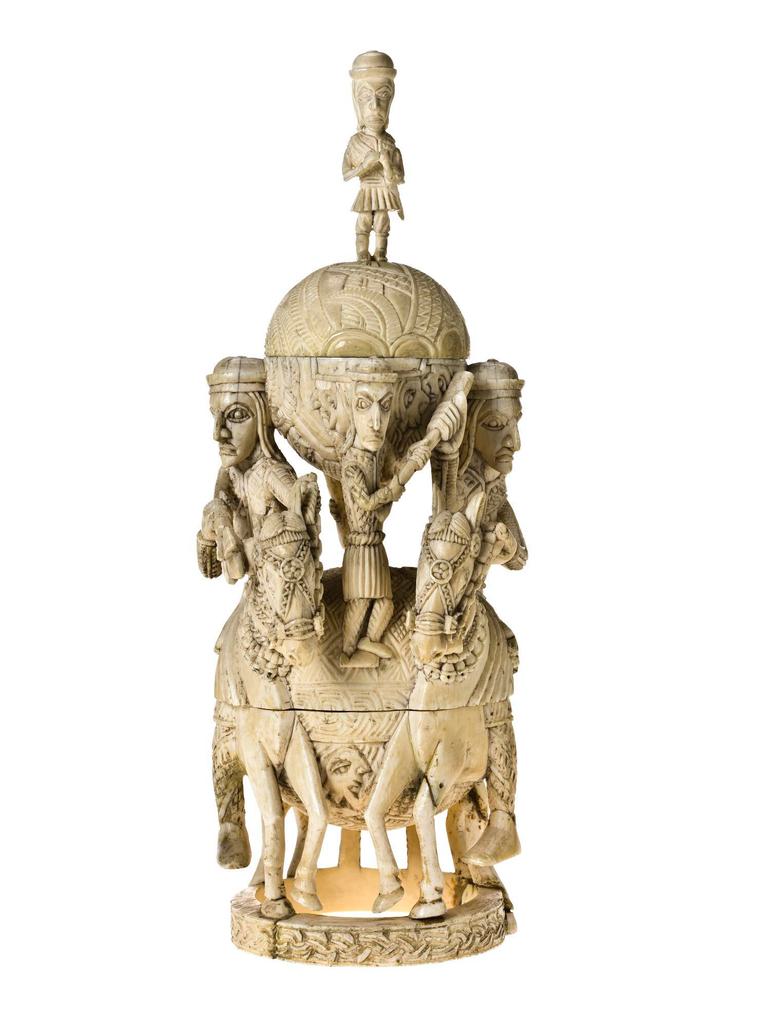
Saltcellar of carved elephant ivory with two chambers, with Portuguese horsemen and other figures. Carved by a West African sculptor for export to Portugal, with later replacement lid. West Africa, probably Sierra Leone region, 16th century. Museum reference A.1950.3.
Saltcellars in National Museums Scotland collections
The collection at National Museums Scotland includes four incomplete Afro-Portuguese ivory saltcellars. These 16th century works would not normally have been used to hold salt. They mainly served as novelty ornaments. They would have been displayed in the homes and cabinets of aristocrats. Often they were given as prestigious gifts to popes and kings.
In the following centuries, negative views of Africans were spread to justify slavery and colonial rule. This helped to erase knowledge of the saltcellars’ African origin. Research undertaken from the 1950s began to unravel this history. The West African origin of these extraordinary works of art is now recognised again.
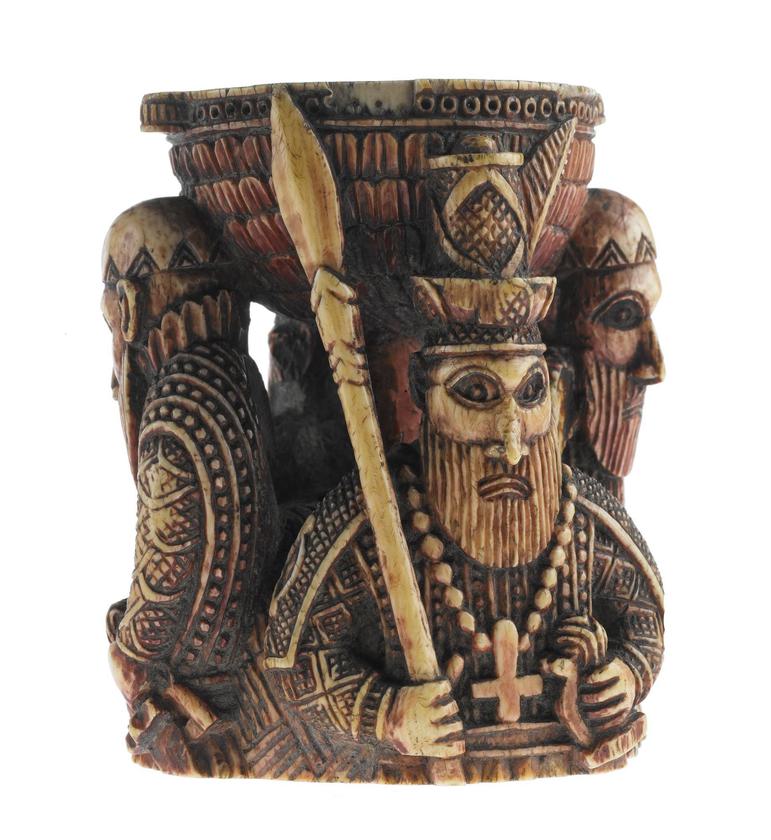
Central section of a three-part saltcellar of elephant ivory, carved with four armed Portuguese figures with traces of red stain. West Africa, probably Sierra Leone region, 16th century. Museum reference A.1956.1155.
One ivory in the collection comprises only of the middle section of a saltcellar. It was made by a sculptor known only as ‘The Master of the Heraldic Ship’. The four standing figures, shown only from the waist up, wear Portuguese dress and regalia. They all bear a striking resemblance to a 16th-century portrait of Afonso de Alburquerque. He was the second Governor of the Indies, who sailed around the African coast to reach Asia. The carver has captured details of his clothing, features, and demeanour.
A complete saltcellar by the same sculptor is held by the British Museum. Another is in the collection of the Metropolitan Museum of Art, New York.
Two Afro-Portuguese ivory saltcellars are on display in the Artistic Legacies gallery at the National Museum of Scotland.
